My first trip to Asia was in the spring. I didn’t realize it then, but going to Japan for the peak of cherry blossom season was the beginning of my own process of noticing the changes of spring. A friend from Japan whom my friend and I had met years before in Spain took us to Shinjuku Gyoen, where we sat (nearly shoulder to shoulder) with hundreds of other people beneath enormous cherry trees. Their blossoms seemed to be floating in thin air, and I think I just sat in silence, amazed at this collective appreciation of a season. It was my introduction to hanami (hana means “flower” and mi is “to look”), which is a beautiful Japanese tradition and springtime event centered around simply looking at the cherry blossoms. People have hanami parties in parks all over Japan where they sit with a blanket, some snacks, and friends to look at the flowers. In short, it’s one of the most beautiful traditions I’ve witnessed that centers around spring's ephemerality.
I have a love/hate relationship with this season. It’s my least favorite of the four, but I’ve learned to recognize the fact that it’s a necessary part of the cycle. I love noticing the days getting longer, but the seemingly endless rain and grey skies severely affect my mental health. Easter makes me sick for various reasons relating to its Christian origins and my religious upbringing, which I’ve distanced myself from, to say the least. It’s an awkward and often uncomfortable time of year when you might be sweating in the sun one minute while your face is burned by a biting wind the next minute. I can’t explain why, but 50 degrees in October or November is entirely different than 50 degrees in March or April in New England. What I’ve come to realize, though, is that spring just makes me notice all sorts of different things in my surroundings.
Deep winter is something I can handle. I actually love the snow and hiking or snowshoeing in it. Although I can’t ski well, I’ll gladly sign up for all après-ski activities. Winter provides a necessary period of rest and hibernation, but when spring rolls around, it’s uncomfortable to get out of that season. I read once that the sea temperatures in the North Atlantic near where I live have some of the most drastic fluctuations through the seasons, which you’ll quickly believe if you try standing on a snowy beach here in January, reminiscing about how six months earlier, you were lying on a towel in the sun. That month or two after deep winter is what feels like the worst. I dislike March where I live so much that I’ve spent the last three on another continent to avoid the month completely. For weeks on end, it’s just barely warm enough for the daily precipitation to be rain instead of snow.
Then one day, usually around the end of April or during the first week of May, there will be a late afternoon when I’ll notice how green (not that sickly yellow-green of early spring) all of the trees have become. The air will have lost that pollen-y smell, and it will feel warm even after the sun sets. The next rain that falls won’t be cold for the first time in more than half a year. People come outside for more than a quick scurry to their cars and sit on blankets in parks. Tables pop up on the sidewalks and patios. Without any exaggeration, it starts to feel like you’re entire daily life is changing as April ends. I think that time came this past weekend and for that, I’m thankful.
I didn’t pay much attention to spring until after I came home from that trip to Japan in 2017. In a way, it taught me to notice the transition and transformation of my surroundings (one of the best parts of living in a place with four seasons). Years later, I listened to something on NPR talking about how in ancient Japanese culture, they had this concept of micro seasons. Traditional Japanese calendars break up a year into 24 major periods, or sekki, which are then divided again by three for a total of 72 kō, which are highly nuanced, five-day micro-seasons (read more here). What I love about this calendar is how it’s centered around noticing one tiny detail in the natural world around us. For example, from the Seimei period, which means pure and clear (there is something so pure and clear about the light and air after all of the rain at this time of year), April 15-19th states the following:
Last frost, rice seedlings grow
If you have the time, I highly recommend a browse through that calendar. I decided this week to start my own tiny journal where I write down my observations for a sort of New England version of this calendar.
As things settle in the depths of winter, it can be easy to forget that the natural world changes constantly. In reality, the transition happens every day in little ways and is far more gradual than the way I’ve described that afternoon, which usually comes sometime in April, which felt like it came this weekend here at home. Like all change, spring can be uncomfortable, but it’s a necessary discomfort in a cycle of continuous transformation that is really beautiful if you stop to pay attention.
The thing about being a photographer is that the one single requirement is that we notice things. Being a photographer doesn’t require you to have paying clients, expensive gear, masterclasses, or published work. It simply requires you to pay attention to what’s going on around you all of the time. I stress all of the time because I think I have a habit of getting lazy in the winter from all that hibernation, and what it results in is me not taking my camera out or pulling the car over or crossing the street to stop and make that photograph. In a world where everyone is heads down, glued to screens, and completely tuned out, it can feel like you’re a little crazy sometimes when you stop to take a photograph, but it’s the most important thing to keep on doing if you want to continue to grow.
In general, it feels a little crazy to do anything that doesn’t yield an immediate result or commercial gain these days. I’m not saying I want to think that way, but this is just the world we live in. It’s partially because simply staying afloat these days does require us to be a bit more survival-oriented about how we spend our time, and also because we’re surrounded by daily barrages of outside voices telling us that we need to monetize everything, turn the hobby into a side hustle, you know the shtick.
I hope this spring you get to spend some time noticing whatever is happening around you. Not just a quick, passing glance, but a real moment paused to look at the world. Maybe take a picture, maybe print it out, maybe hang it on the wall, and tell everyone who comes into your home about that time you saw something beautiful.





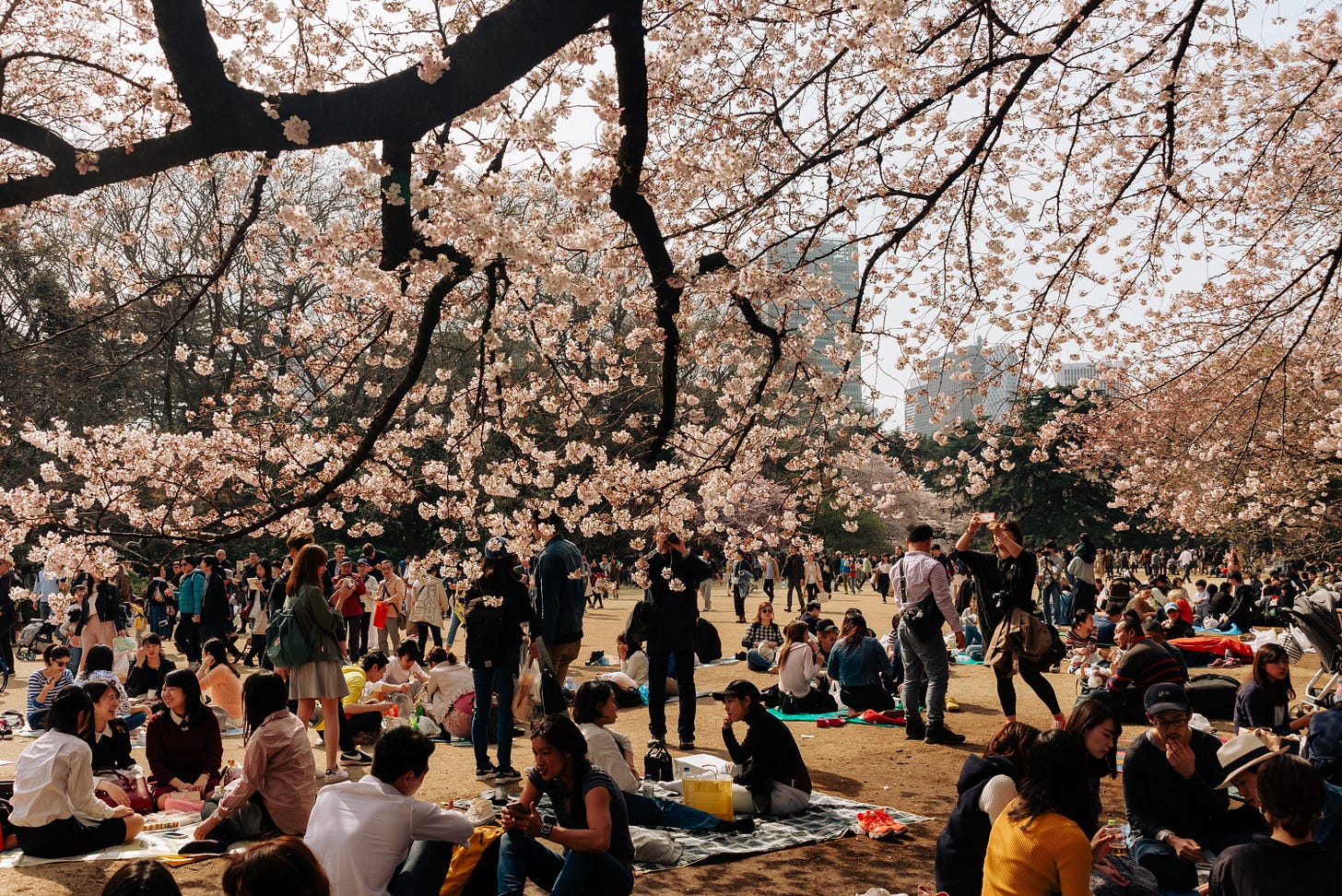
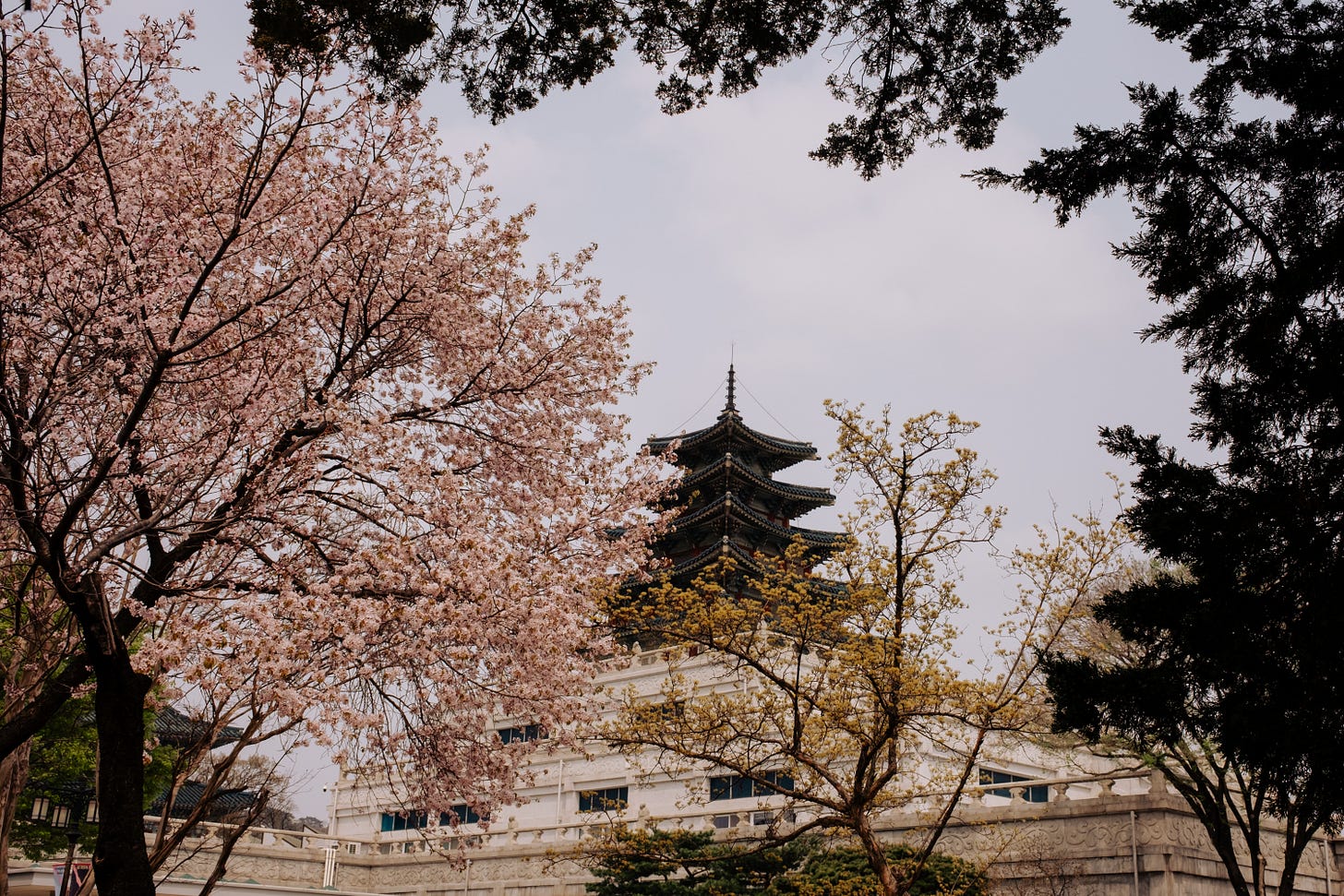
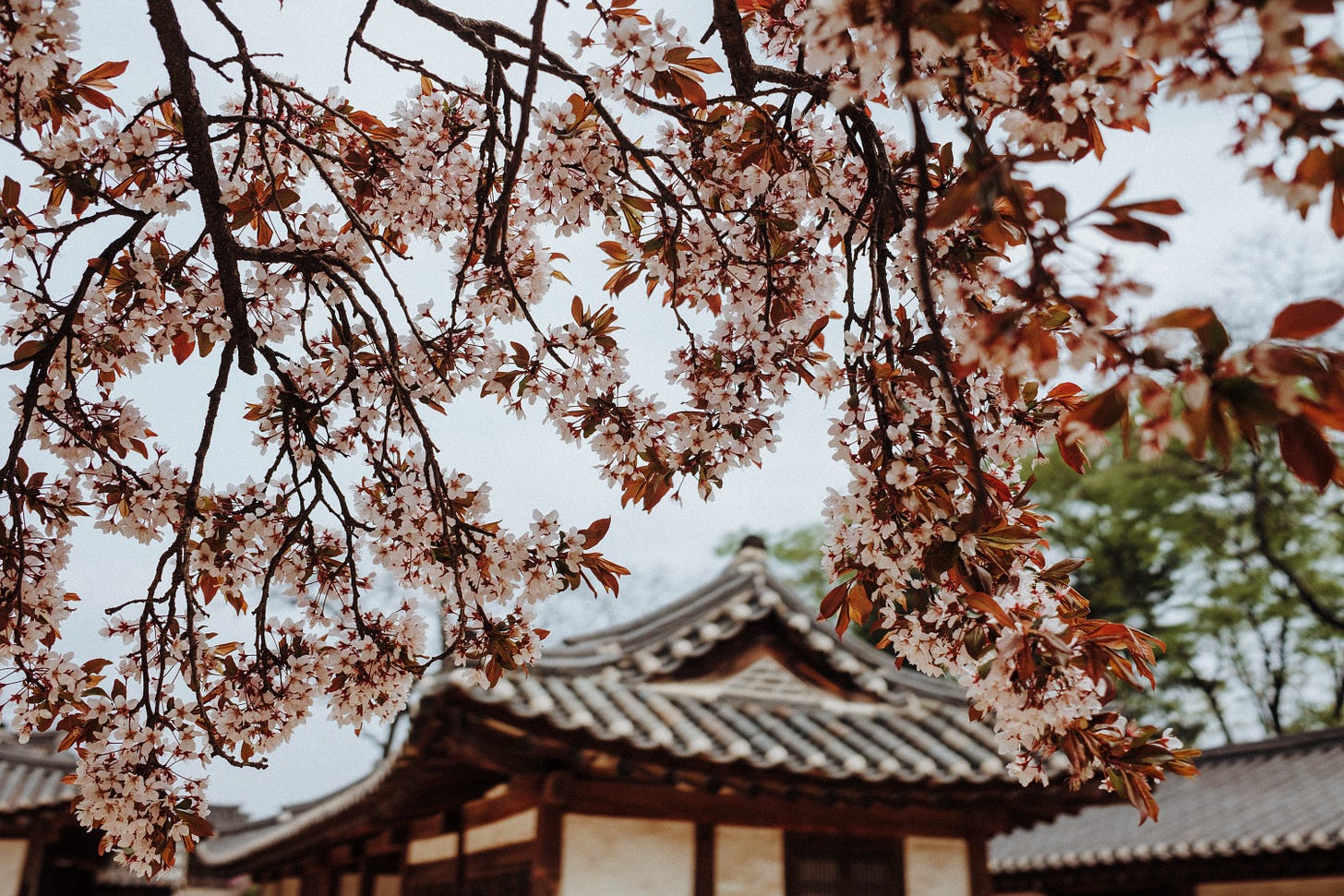
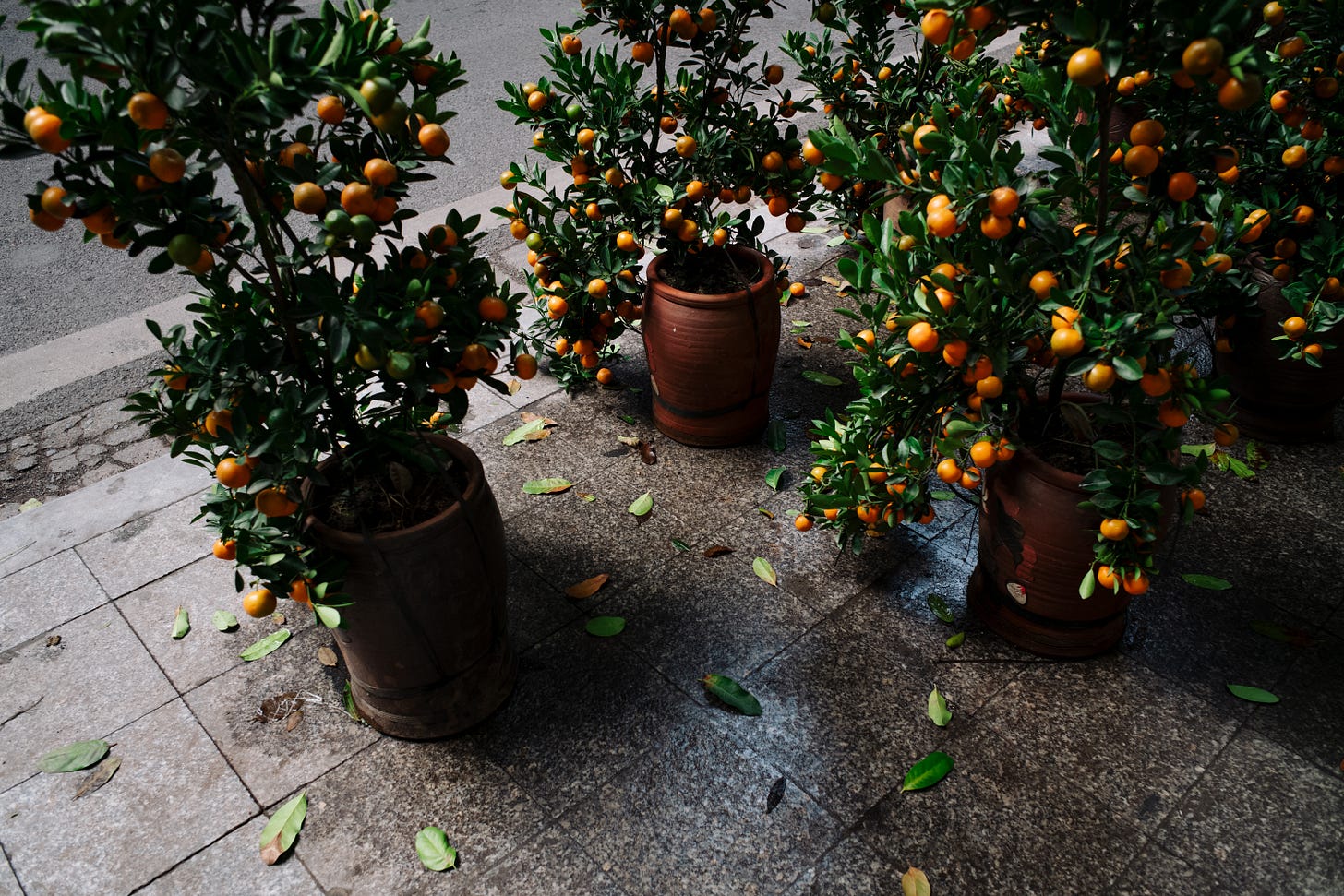
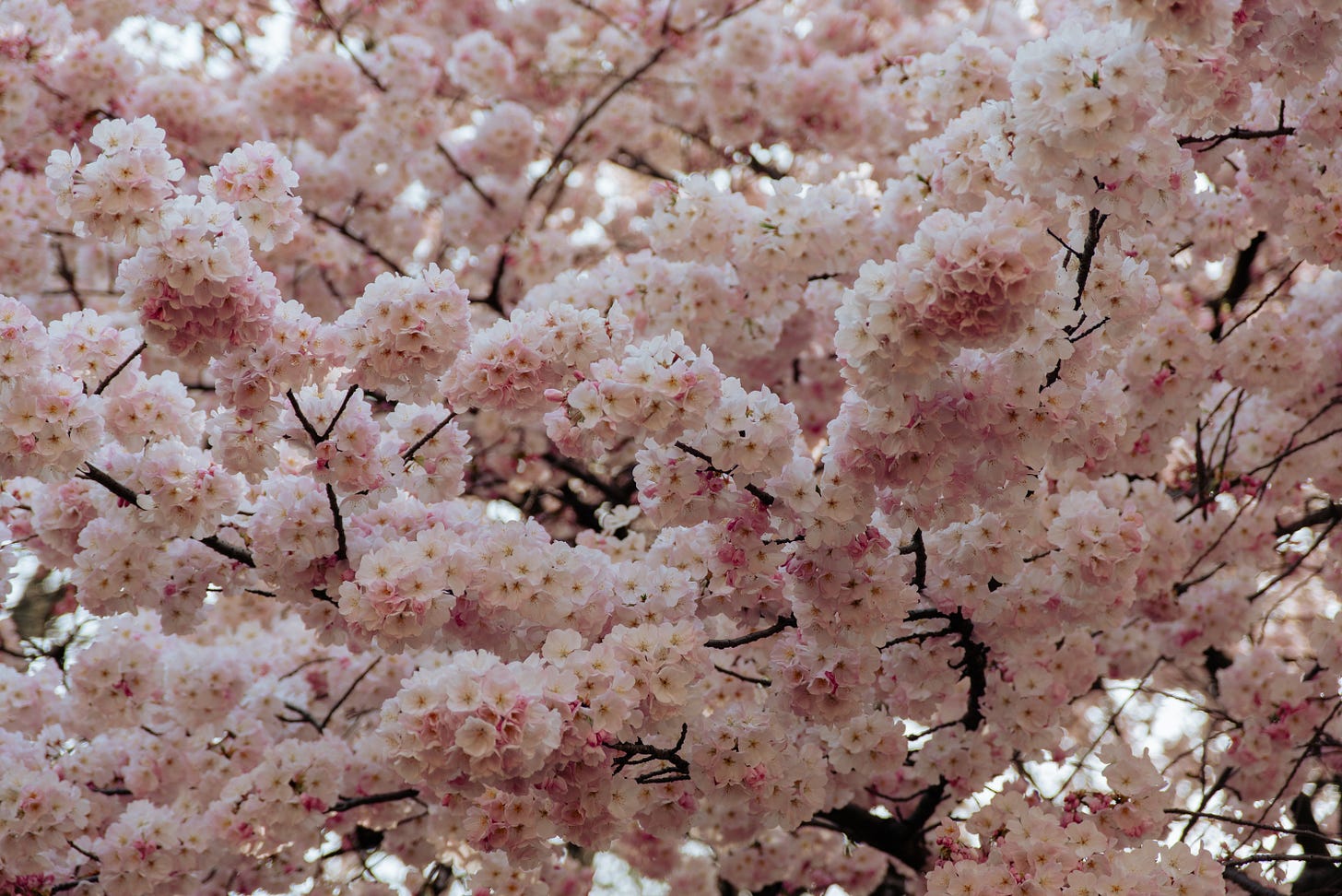
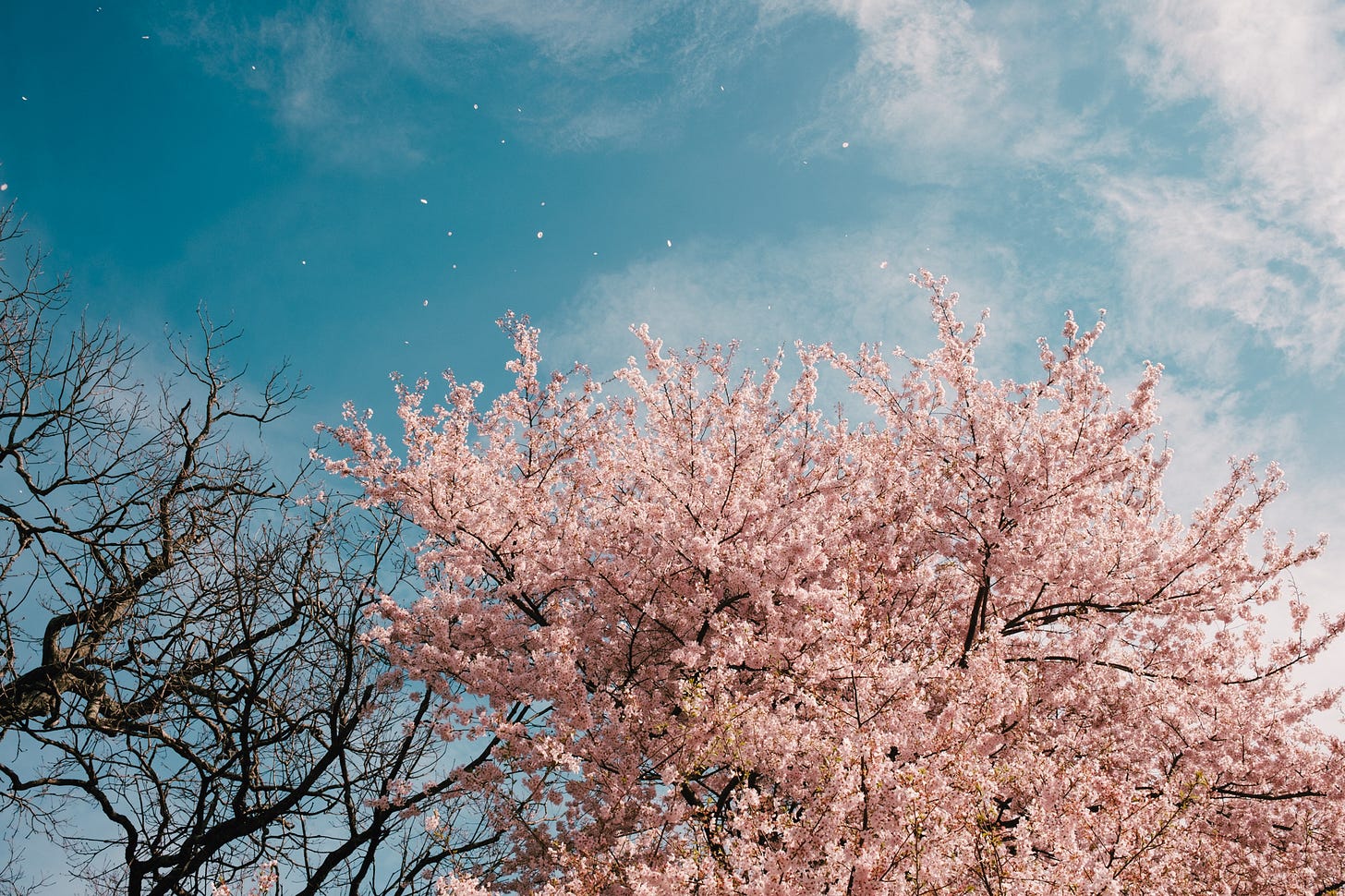
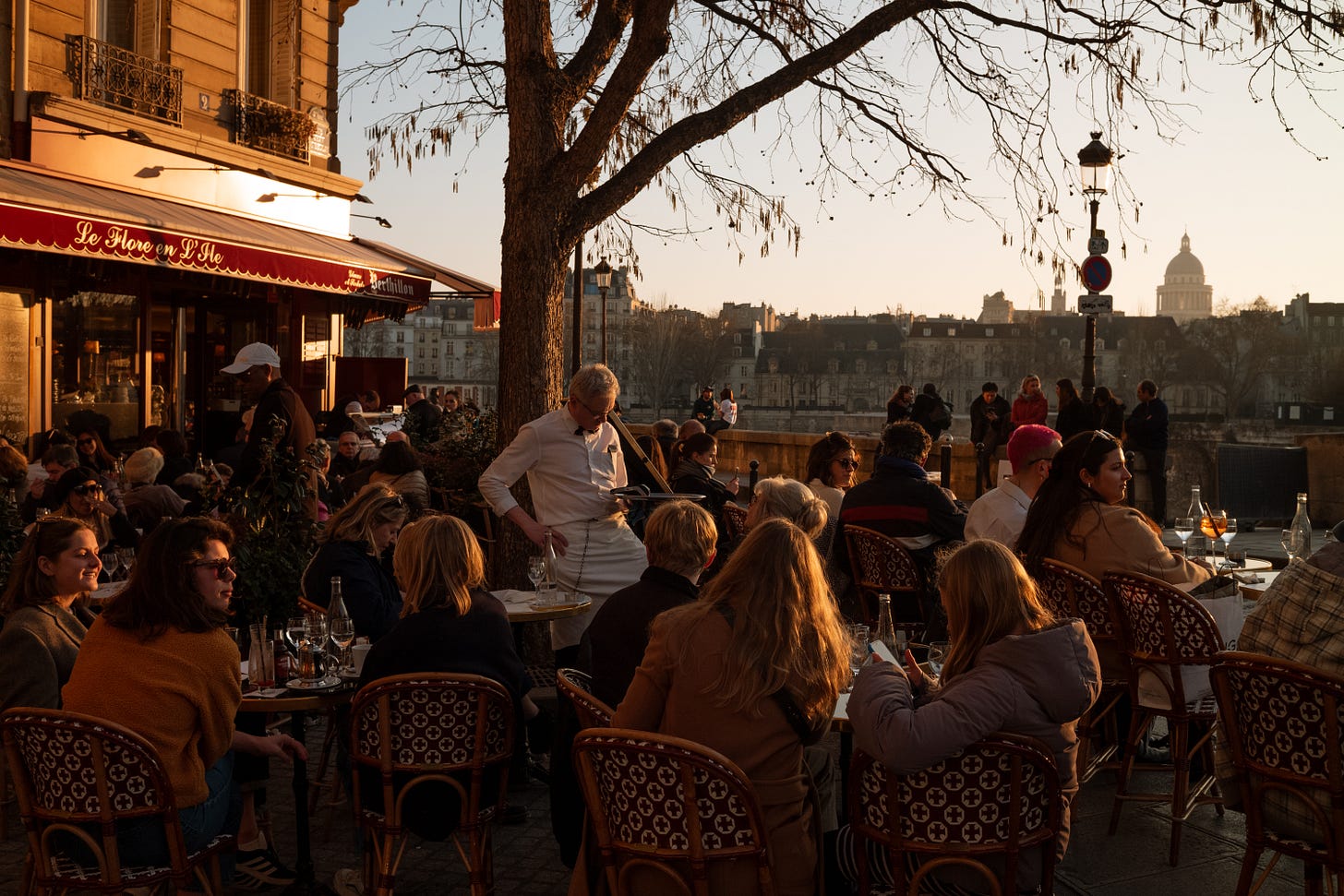

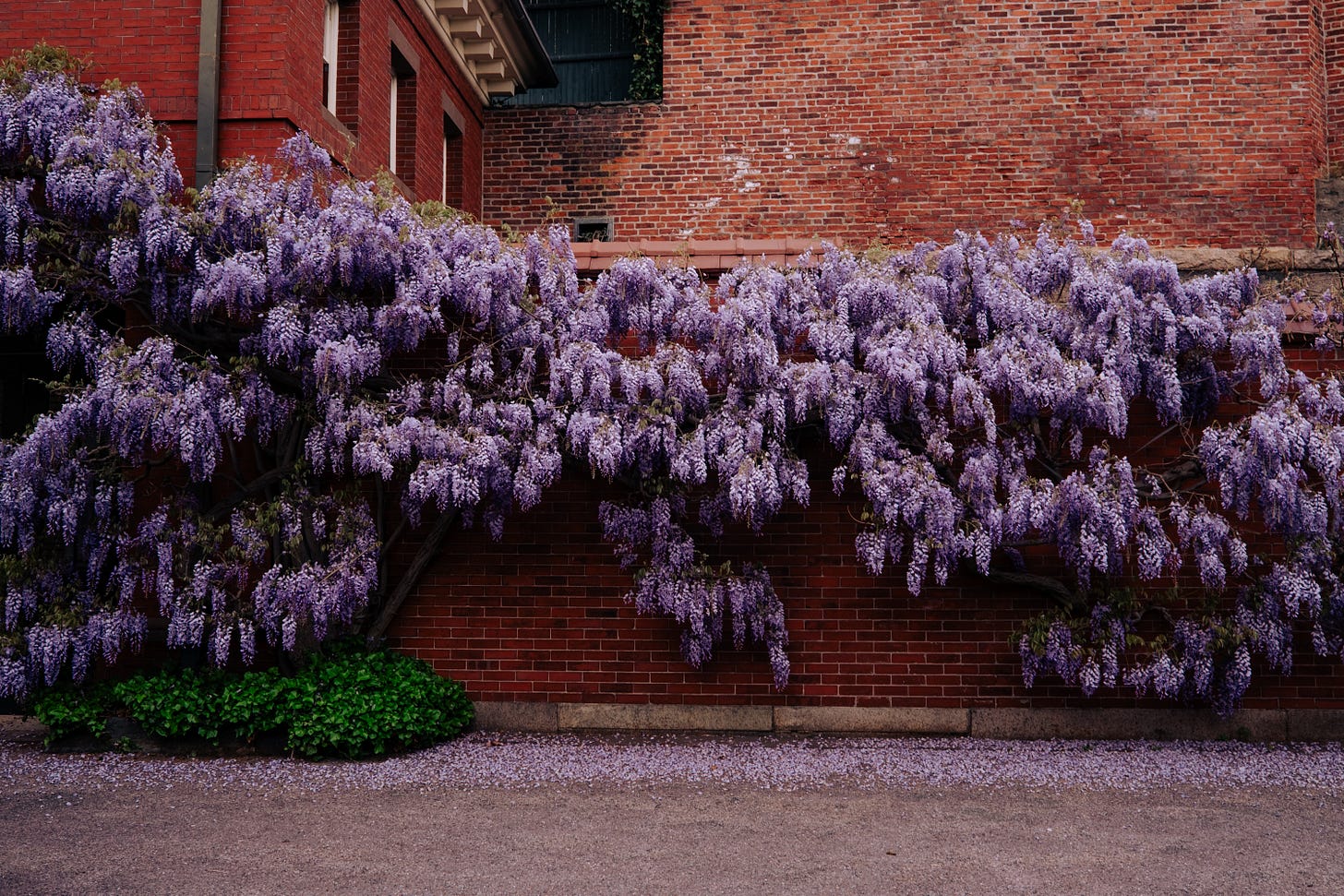
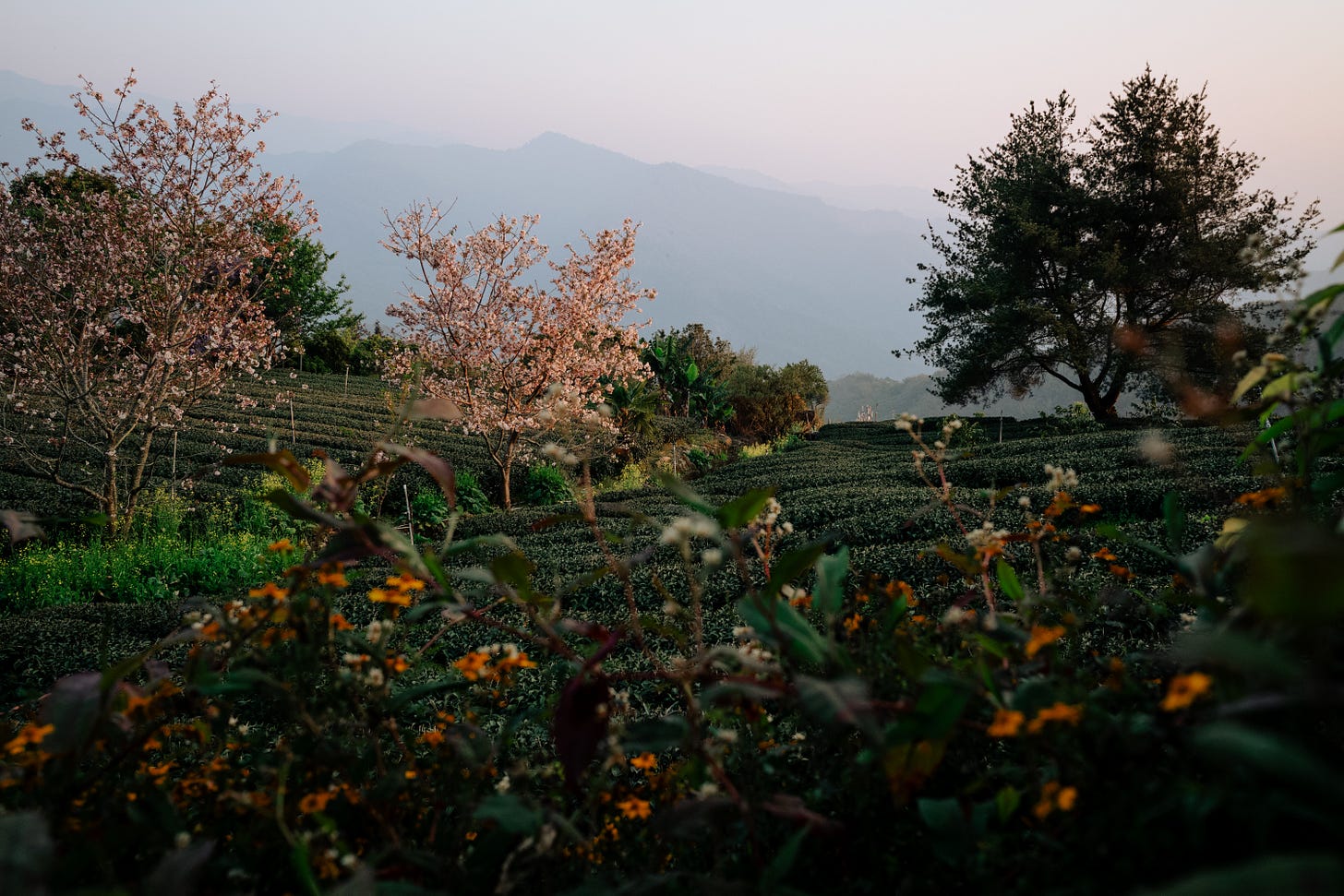
Lovely photos! I, too, sometimes feel crazy for pulling over to photograph a sunset/sunrise. But how can I not try to capture something so beautiful? Thank you for reminding me that part of our jobs as photographers to notice things, and that it's not crazy at all to take minute to observe our surroundings.
Great commentary on ignoring all the daily noise and take time out to smell the roses (or cherry trees in this case). At least, that’s what I got out of your lovely post.